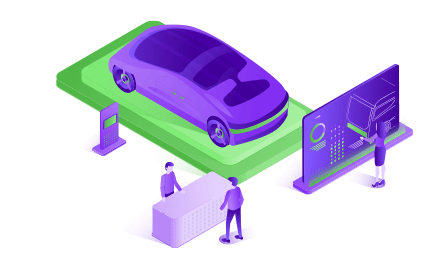ABOUT SHOW

IN BRIEF
Duration: January 2020 – September 2024 (57 months)
Budget: €30 million
Project Coordinator: UITP (International Association of Public Transport)
Technical and Innovation Manager : CERTH/HIT (Hellenic Institute of Transport)
Consortium: SHOW includes 66 partners from 13 EU-countries
Global collaboration: SHOW will conduct twinning actions with 11 global organisations from the US, South Korea, Australia, China, Japan, Singapore, among others.
SHOW conducted large-scale trials in 20 open traffic & 4 controlled environments across 5 Mega Sites, 5 Satellite Sites and 3 Follower Sites engaged since the beginning of the project with 72 vehicle demonstrators in total of high automation level, transferring 166383 passengers (194118, considering projects affiliated to SHOW) in 147895 passenger trips, also conducting 3062 cargo delivery trips where it transported 5457 packages.

The arrival of automated vehicles (AVs) represents a unique opportunity for a fundamental change in urban mobility. That is, when AVs are integrated into an integrated public transport network. If AVs are put to use in shared and connected fleets, they could dramatically reduce the number of cars on the road by reaching people and places it was too difficult to before, plugging first/last-mile gaps and feeding into public transport trunk lines.
The SHOW project aims to advance sustainable urban transport through technical solutions, business models and priority scenarios for impact assessment, by deploying shared, connected, electrified fleets of automated vehicles in coordinated Public Transport (PT), Demand Responsive Transport (DRT), Mobility as a Service (MaaS) and Logistics as a Service (LaaS) operational chains in real-life urban demonstrations all across Europe.
SHOW will conduct real-life urban demonstrations taking place in 20 cities in Europe for 24 months, with real service seamless operation in each pilot site lasting at least 12 months.
In total, SHOW will deploy a fleet of more than 70 SAE L4/L5 AVs of all types for both passenger and cargo transport in dedicated lanes and mixed traffic, connected to a wide range of supporting infrastructure (5G, G5, IoT) and operating under traffic speeds ranging from 18 to over 50km/h.
By doing this, SHOW aims to promote and evaluate the future transformation of the current city traffic environment and ecosystem to a fully sustainable one driven by automation, electrification, cooperativeness, and inclusiveness.
OBJECTIVES








